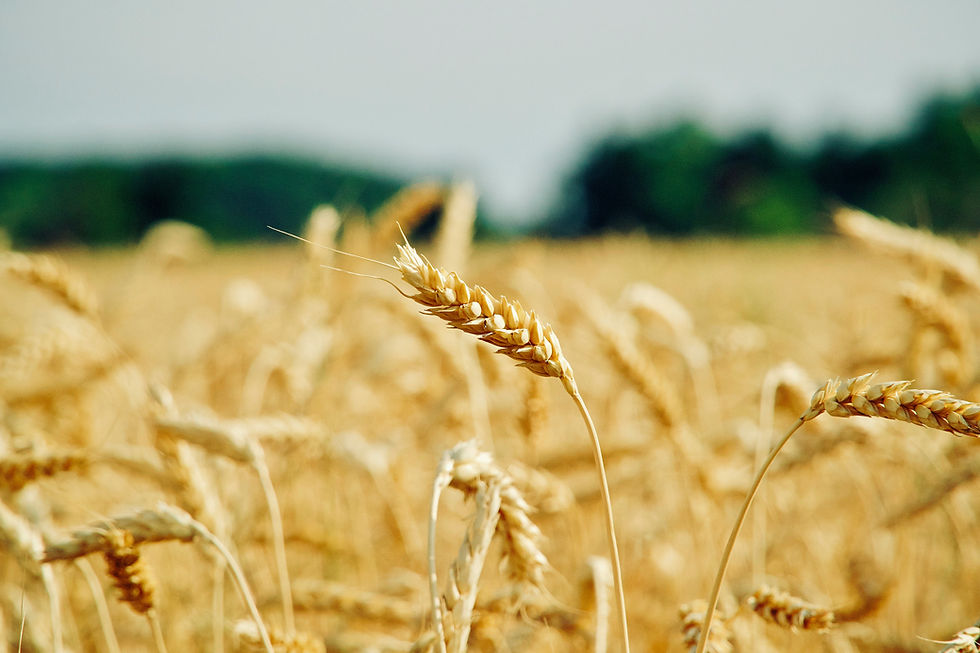What's the Purpose?
- Nicholas Krehbiel
- Apr 30
- 2 min read
I love studying history. The subjects I enjoy have evolved over time, but I really love trying to understand how we got to where we are today. I've written on conscientious objection in World War II and now I'm writing on agribusiness and farmer cooperatives. Two different subjects, to be sure, but the question still stands in both. Why did things evolve the way they did?
In the case of cooperatives, I explore the purpose of the farmer coop in my article, "Why Do Cooperatives Exist, and How Do We View Them in the 21st Century?" But the actual history in the United States is a fascinating look into how Americans adapted to the dynamics around them.

I won't got into explicit detail or a full rundown all the way back to the emergence of the market economy and other such dynamics. But I do like to point to the Populist and Progressive Eras in the United States and how they influenced what we see as the modern farmer cooperative. From Populism you see the organizations coming out of the Grange and Farmers' Alliance leading to the modern cooperative. Seeking to organize in the face of social and economic upheaval, these people sought to invoke change as a group where they couldn't do it on their own. Eventually, with the Capper-Volstead Act, the federal government made it legal for cooperatives to exist and thus the idea was codified in American law, very much in the tradition of the move from the Populist to the Progressive Era.
Overall, it was a matter of farmers doing things together that they couldn't do on their own. They pushed for collective marketing, purchasing power, rate negotiation, and more for the commodities they needed to buy and sell to make their living. Though they've changed what they buy and sell over time, the founding principle still exists--its members are stronger together than as one.





Kommentare